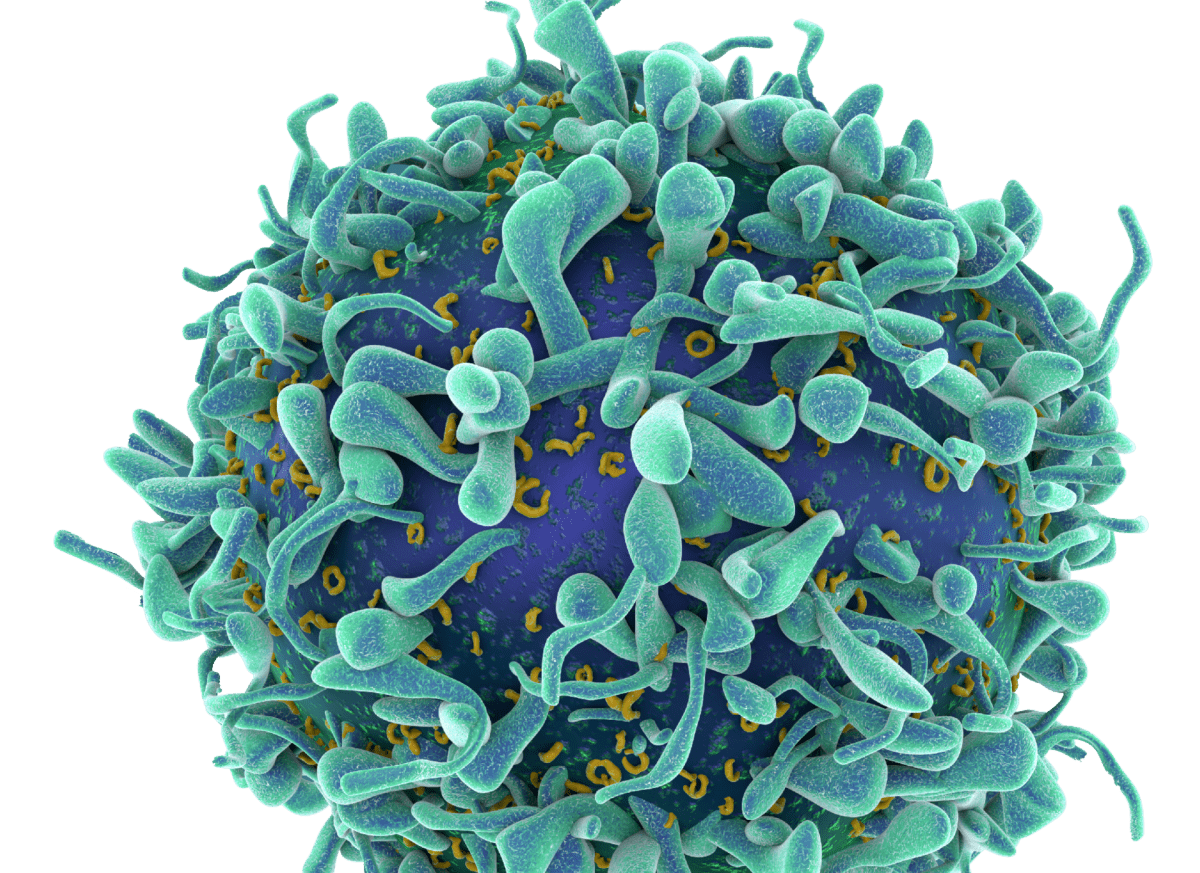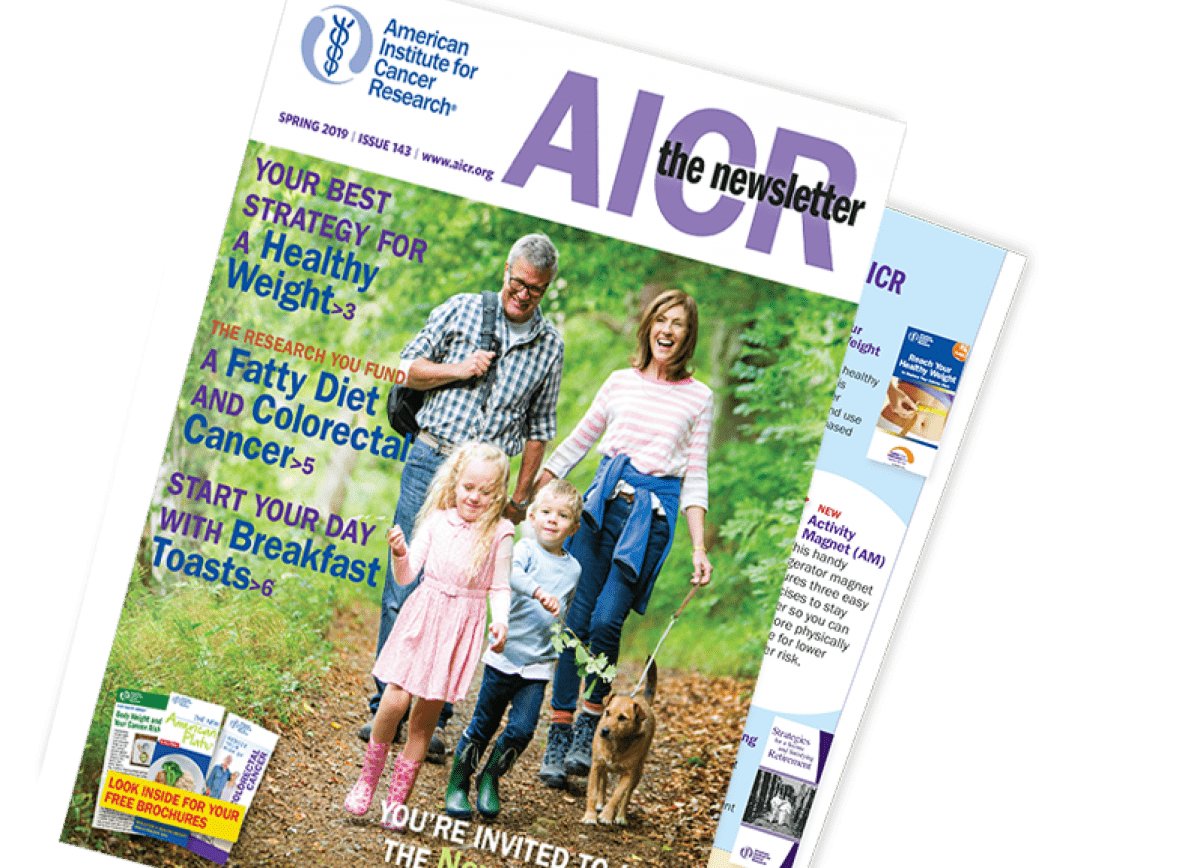Summer 2023 Archive
C corporations can deduct charitable gifts up to 10% of taxable income, with a five-year carryover for any excess [Code §170(d)(2)(A)]. Donors should compare the relative tax advantages of the owner making the gift as an individual as opposed to making the gift through his or her corporation. Who can more fully deduct the charitable gift? Is the owner subject to deduction limitations? Who is in the higher tax bracket—the owner or the corporation?
There are generally no adverse tax results to the business owner if the business makes charitable gifts unless controlling shareholders receive economic benefit (Letter Ruling 8606009). Corporate gifts may also be deductible as business expenses [Code §163], avoiding the 10% charitable deduction ceiling, but a business purpose must be served.
If the corporation makes a charitable gift, it may choose among such assets as cash, marketable securities, real estate, inventory or options to buy stock in the company. Gifts of options are deductible when exercised by the charity or when the option is sold to an unrelated charity (Letter Ruling 8826008). The deduction is the difference between the option price and the fair market value of the stock at the time of exercise.
Corporations also can be grantors and/or beneficiaries of charitable remainder trusts. Example. ABC Corporation owns undeveloped land worth $250,000 with a $60,000 basis. The corporation can transfer the property to a charitable remainder unitrust paying 6% for 20 years. The corporation deducts $75,350 (assumes quarterly payments and a 5% §7520 rate). The trust sells the property, avoids capital gains tax and reinvests in dividend-paying stock. The corporation goes from zero income on real estate to about $15,000 in the first year. The corporation is also relieved of the cost of real estate taxes and insurance on the property. Charity receives the trust assets in 20 years.
Harold is a real estate investor who has done well over the years trading property on a tax-deferred basis using like-kind exchanges. As a result, he owns several parcels of highly appreciated land, each with a very low cost basis. Harold wants to cash in on his investment success and use the proceeds to fund a comfortable retirement, but he faces severe capital gains taxes if and when he sells.
Harold’s advisor suggested he might consider, prior to any sale, contributing a portion of some property worth $500,000. One option might be a charitable gift of an undivided fractional interest—a portion worth $100,000, for example—and deducting $100,000 without owing capital gains taxes on that fraction. The deduction would save $35,000 in taxes in his 35% tax bracket. This might be enough to offset the capital gain he would owe on the sale of the portion he retained.
An even better idea might be to transfer part or all of the parcel to a tax-exempt charitable remainder trust and avoid all capital gains taxes, retaining payments for life and receiving a sizable tax deduction in the bargain. The trust can start paying Harold only the net income earned by the trust (or a fixed percentage, whichever is less). After the real estate is sold, the trust could flip to a standard unitrust arrangement, paying him the fixed percentage of the value of trust assets every year.
Among the most valuable assets for giving are shares in a business owner’s closely held corporation. A majority shareholder of a closely held C corporation typically has a low basis in the shares, relative to their fair market value. Selling the shares to an individual or back to the corporation will trigger capital gains tax. However, a charitable contribution of the shares does not cause the realization of capital gain, and the donor can deduct the fair market value of the shares on the date of the gift.
The corporation can use corporate profits to buy back the stock, so long as charity cannot be required, as a condition of the gift, to turn the shares in to the corporation for redemption (Rev. Rul. 78-197).
Gifts of closely held stock require appraisals and filing of Form 8283 if the claimed value exceeds $10,000. If the value is between $5,000 and $10,000, the donor need not obtain a qualified appraisal, but a partial appraisal form must be attached to the tax return.
Thousands of students will be heading to college in a few months. There are a number of plans that help parents and students save for college tuition, but grandparents can provide some added funding while also assisting favorite charities.
Consider Marsha and John, who have four grandchildren ranging in age from 11 to 16. The couple might establish a term of years unitrust with “sprinkling” provisions allowing the trustee to distribute income only to those grandchildren who are in college or trade school. Because their grandchildren won’t be in need of college funds for several years, the trust could be structured as a flip unitrust [Reg. §1.664-3(a)(1)(i)(c)(2)].
In the early years, the trust will pay the lesser of the stated percentage or the trust’s net income. Upon the happening of a certain triggering event outside the control of the trustee or any other person, the trust converts to a standard unitrust, paying the fixed percentage each year. Trust assets would be invested so that little or no income is paid initially, enabling the fund to grow in the pre-college years. The triggering event might be the oldest grandchild’s birthday preceding the year she would begin college. The unitrust will be transformed into a standard unitrust in the year after the triggering event occurs. The independent trust (Marsha and John cannot serve as trustees of a trust that includes sprinkling provisions) can then begin making payments to the grandchildren as they enroll in college and continue while they are getting established in their careers until the trust terminates, and the assets are distributed to charity.
© Copyright Sharpe Group. All rights reserved.






